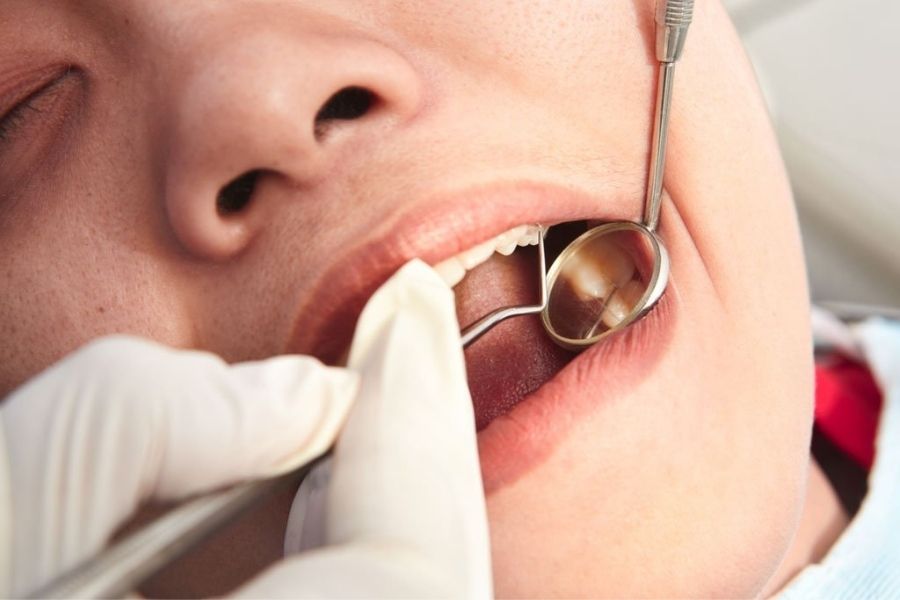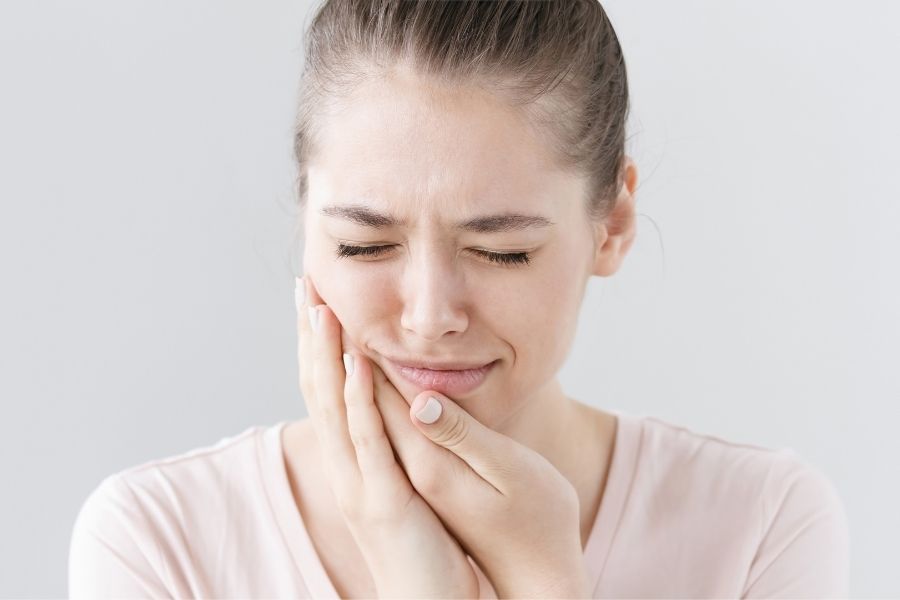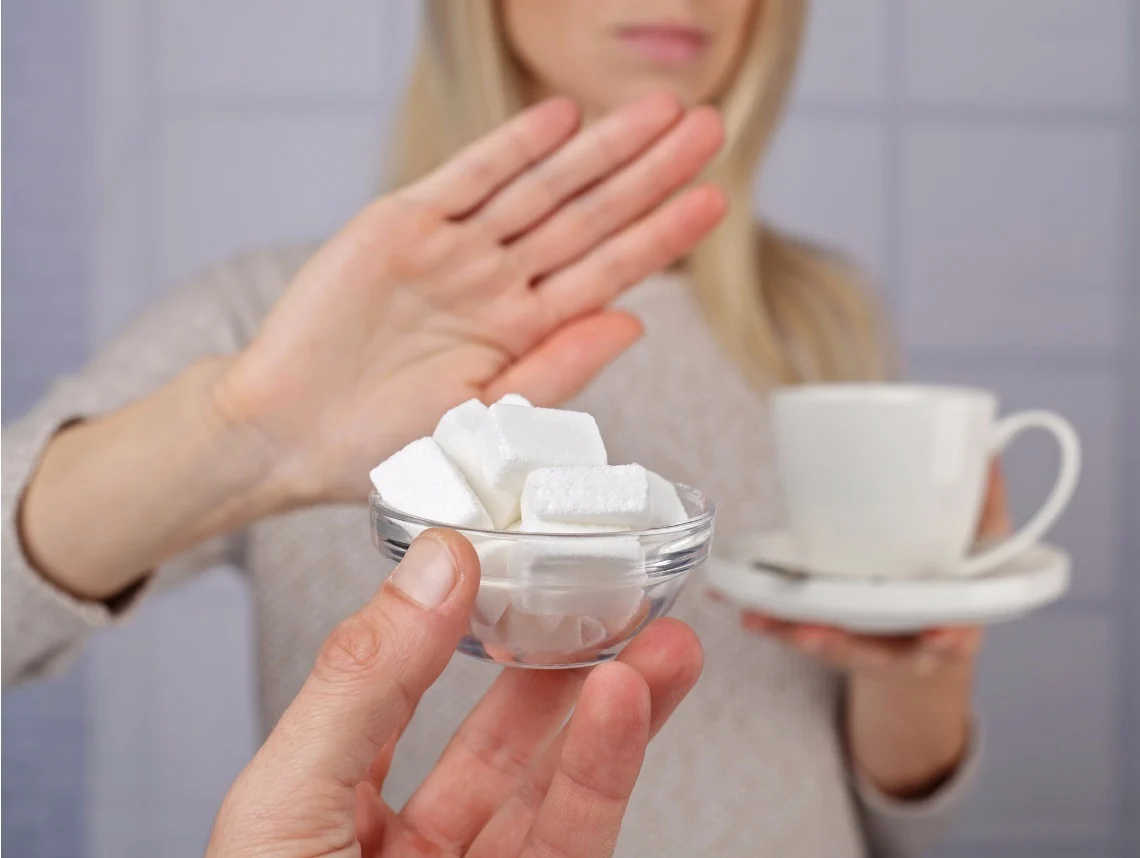Dental caries (tooth decay or cavities) is one of the most common and widespread persistent diseases in this generation and are also preventable. Caries is a state of increasing severity and tooth destruction, ranging from subclinical changes at the molecular level to lesions involving the dentin, either with an intact surface or obvious cavitation.
Dental caries is also one of the most prevalent diseases in humans, affecting around 97% of the population worldwide. It is a common chronic disease in the U.S. and globally, with individuals living in poverty and minorities.
Formation Of Dental Caries

When you eat a certain food, the bacteria present on your teeth break them down and produce acids that can damage the tooth’s hard tissues, forming dental caries. The process of caries is multifactorial and, over time, can result in localized destruction of hard dental tissues by the weak acids produced by bacterial carbohydrate fermentation in teeth.
Dental caries is a condition mediated by certain factors that protect teeth (fluoride, buffering capacity, salivary flow, and host immunity) and patient-specific factors that put teeth at increased risk like poor oral hygiene, frequent exposure to dietary carbohydrates, and a biofilm containing bacteria capable of fermenting carbohydrates and producing acid.
Types Of Dental Caries
Dental caries are spotted on two areas of the teeth:
- Occlusal Caries: It forms on the topmost part of the tooth where food particles repeatedly come in direct contact with the teeth
- Inter-proximal Caries: These are dental caries that form between the teeth.
In these two locations, bacteria pose a risk to your oral hygiene. If the teeth and their surrounding areas are not properly cared for, the bacteria will digest the sugars left over from food and convert them into acids as a waste product. These acids are strong enough to demineralize the enamel on your teeth and form holes.
Symptoms Of Dental Caries

The signs and symptoms of dental cavities vary, depending on their severity and location. When a cavity is just starting to form, you may not have any symptoms at all. As the decay gets larger, it will result in certain signs and symptoms such as:
- Visible holes in your teeth
- Brown or white staining on the tooth’s surface
- Toothache, spontaneous pain
- Tooth sensitivity
- Mild to sharp pain while eating
- Pain when drinking something sweet, very hot, or cold
Causes Of Dental Caries

Cavities are caused by tooth decay. Here’s how tooth decay develops:
- Plaque Forms: Dental plaque is a sticky coating on the surface of your teeth. It is caused due to eating a lot of sugars and starches and also if you are not cleaning your teeth well. When these aren’t cleaned off your teeth, bacteria quickly begin to feed on them and form plaque.
- Plaque Attacks: The acids remove minerals from the hard, outer enamel of teeth and cause tiny holes (openings) in the enamel, which is the first stage of the cavity. Once areas are worn away from the enamel, the bacteria and acid can easily reach the next dentin layer (this layer is softer than enamel and less resistant to acid).
- Destruction Continues: As the tooth decay develops, the bacteria and acid penetrate your teeth into the inner tooth material, containing blood vessels. The pulp gets swollen and irritated from the bacteria causing pain.
Risk Factors For Dental Caries

- Tooth Location: Decaying most often happens in your hind teeth (molars and premolars). These teeth have lots of grooves, pits, and multiple roots that can collect food particles. As a result, they’re harder to keep clean.
- Certain Foods And Drinks: Certain foods cling to your teeth for a long time, such as milk, honey, sugar, soda, cake, hard candy and mints, dry cereal, chips, etc., and are more likely to cause damage.
- Inadequate Brushing: Improper and inadequate brushing after eating and drinking, plaque forms quickly, and the first stages of decay can begin.
- Frequent Snacking Or Sipping: When you keep snacking or sipping sugary foods, bacteria in the mouth attack your teeth and wears them down.
- Not Getting Enough Fluoride: Fluoride prevents cavities and reverses the earliest stages of tooth damage. Hence, due to these benefits for teeth, fluoride is added to many public water supplies. But bottled water usually lacks fluoride.
- Younger Or Older Age: In the U.S., cavities are common in very young children and teenagers. Older adults also are at higher risk. As teeth can wear down and gums may recede, making teeth more vulnerable to root decay.
- Dry Mouth: Dry mouth occurred by a lack of saliva, which helps prevent tooth decay by washing away food and plaque.
- Worn Fillings Or Dental Devices: Dental fillings can weaken, begin to break down, or develop rough edges over the years, which allow plaque to build up more easily and make it harder to remove.
- Eating Disorders: Anorexia and bulimia disorders can lead to significant tooth cavities. The acid from repeated vomiting washes over the teeth and starts dissolving the enamel.
- Heartburn: Heartburn or gastroesophageal reflux disease (GERD) might cause stomach acid to flow into your mouth (reflux). It will lead to wearing away your teeth enamel and causing significant tooth damage.
Complications Of Dental Caries
- Pain
- Tooth abscess
- Chewing problems
- Positioning shifts of teeth after tooth loss
- Swelling or pus around a tooth
- Damage or broken teeth
When dental cavities become severe, you may have:
- Constant pain interfering with daily living
- Weight loss or nutrition problems due to painful or difficult eating/chewing
- Tooth loss, which may affect your appearance
- In rare cases, a tooth abscess (a pocket of pus caused by a bacterial infection) can lead to more severe infections
Treat them before it gets serious.
Read Also: 5 Effective Dental Hygiene Tips To Follow







